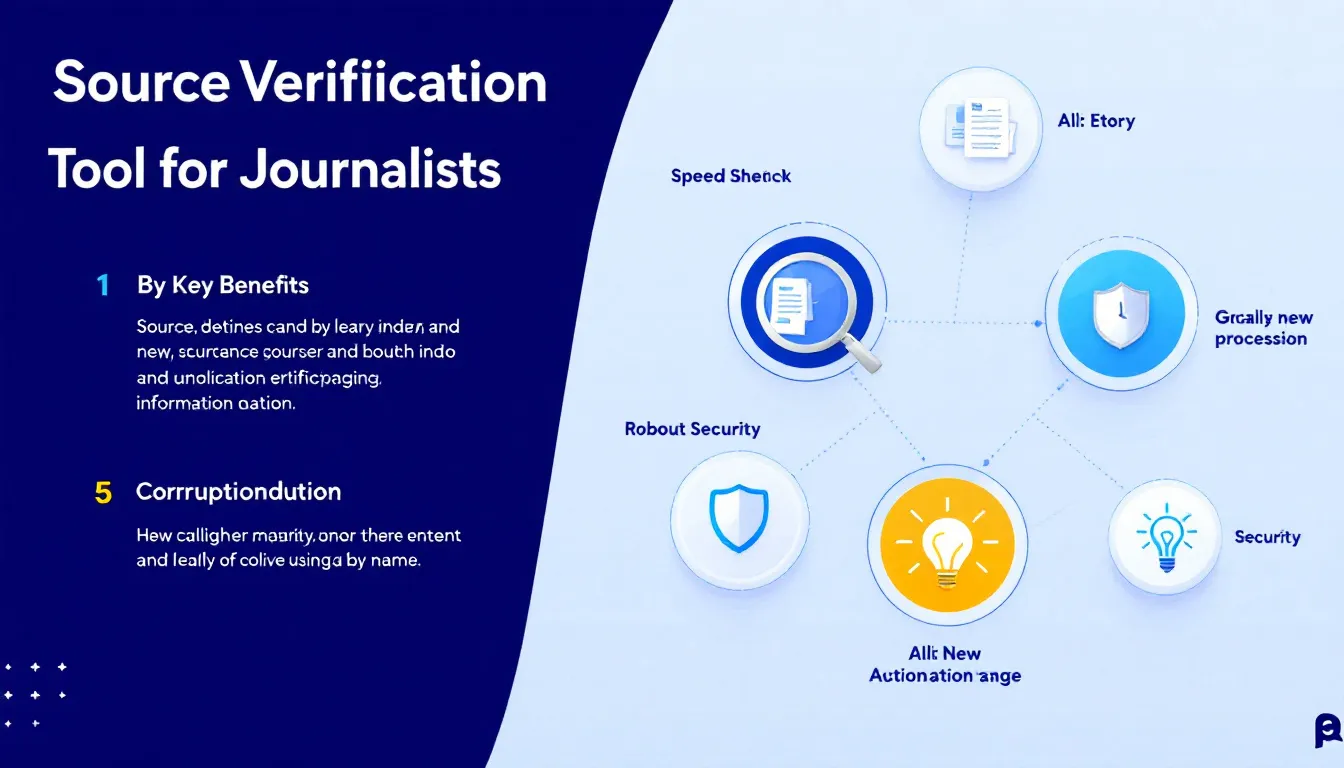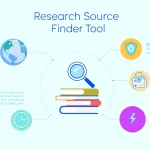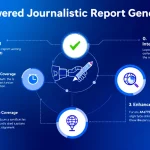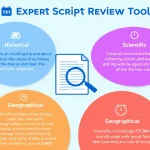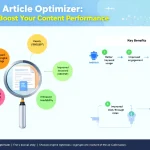Source Verification Tool
Is this tool helpful?
How to Use the Source Verification Tool Effectively
This Source Verification Tool helps you confirm the trustworthiness of your information sources quickly and accurately. Follow these steps to get reliable verification results:
- Enter the source to verify: In the first input, type the URL or the name of the source. For example, use https://www.eurekalert.org/news or Financial Times.
- Specify the main topic or subject: Fill in the primary theme or field covered by the source. You might enter Renewable Energy or International Trade Agreements.
- Add extra context (optional): Provide relevant details or specific concerns about the source, such as Potential conflicts of interest regarding funding or Unclear methodology in data presentation.
- Submit the form: After completing the required fields, click “Verify Source” to start the assessment.
- Examine the verification results: The tool will display a detailed report about the source’s credibility, fact cross-referencing, bias analysis, and overall reliability.
- Copy the results if needed: Use the option to copy the verification report quickly for inclusion in your research notes or articles.
Using these steps will help you validate your sources, maintain journalistic rigor, and ensure the accuracy of the information you share.
Introduction to the Source Verification Tool: Definition, Purpose, and Benefits
You need a fast and reliable way to verify your sources amid today’s flood of information. The Source Verification Tool assists journalists, researchers, and fact-checkers by providing a systematic method to evaluate the authenticity and reliability of various sources.
What Is the Source Verification Tool?
This web-based tool uses advanced algorithms and vast databases to analyze the credibility, accuracy, and potential bias of sources. It acts as a digital assistant that simplifies complex fact-checking by delivering clear, detailed verification reports tailored to your inputs.
Why Use the Source Verification Tool?
Its primary role is to help you maintain journalistic integrity by offering an efficient, thorough evaluation of information sources. In an age where misinformation spreads rapidly, this tool safeguards your work and your audience by upholding factual accuracy.
- Verify source credibility with objective assessment
- Cross-reference facts using multiple trusted outlets
- Detect and highlight bias or inconsistencies
- Check the accuracy of statistical data and claims
- Provide comprehensive trustworthiness evaluations
Benefits of Using the Tool
- Save time: Automate detailed fact-checking to focus on deeper analysis.
- Improve accuracy: Reduce errors through a consistent, thorough verification process.
- Enhance credibility: Build audience trust by using verified information sources.
- Reduce bias: Identify hidden slants and promote balanced reporting.
- Learn verification best practices: Gain insight into critical evaluation of sources.
- Maintain consistency: Apply a standardized method across your reporting and research.
- Increase transparency: Share detailed verification results with readers.
- Respond quickly: Validate emerging sources during breaking news events.
- Limit legal risks: Lower potential for libel or misinformation-related issues.
- Build public trust: Contribute to reliable journalism by providing accurate content.
Practical Applications and Use Cases of the Source Verification Tool
The tool supports many journalistic and research tasks by addressing common verification challenges. Below are examples of how professionals use it effectively.
1. Rapid Verification During Breaking News
When news develops rapidly, conflicting or incomplete information can confuse audiences.
- Scenario: After a major earthquake, numerous eyewitness reports and social media posts flood in.
- Use: Verify the credibility of those sources, cross-check casualty numbers, and identify any unreliable claims before sharing updates.
2. Investigative Journalism Accuracy
Investigative stories require sound evidence and trustworthy information to withstand scrutiny.
- Scenario: Researching allegations of corporate misconduct reliant on leaked memos and anonymous sources.
- Use: Authenticate documents, cross-reference claims with public data, and evaluate source reliability to protect your reporting.
3. Science and Health Reporting
Reporting on scientific studies or health data requires precise fact-checking due to public impact.
- Scenario: Covering new vaccine research with evolving data and complex statistics.
- Use: Verify statistical claims, check scientific consensus, and flag any methodological concerns before publishing.
4. Political News and Bias Analysis
Political reporting demands careful bias detection to ensure fair coverage.
- Scenario: Analyzing election coverage from various media outlets.
- Use: Assess the tone, language, and source history for political leanings to inform your audience about possible slants.
5. Ongoing Source Reliability Tracking
Some sources change credibility over time due to corrections, reputation shifts, or ownership changes.
- Scenario: Monitoring a news website that recently underwent editorial restructuring.
- Use: Review historical accuracy data and update your judgment of the source’s trustworthiness accordingly.
Maximizing the Source Verification Tool for Better Journalism
To get the most from the Source Verification Tool, consistently incorporate it into your workflow whenever you encounter new or questionable sources. This practice helps you:
- Ensure your reporting is backed by verified data
- Prevent the spread of misinformation
- Strengthen the integrity of your journalism
- Build audience confidence through transparency
Remember, the tool complements your professional judgment. Use the detailed verification reports as a guide, then apply your expertise to interpret and communicate the findings effectively.
Important Disclaimer
The calculations, results, and content provided by our tools are not guaranteed to be accurate, complete, or reliable. Users are responsible for verifying and interpreting the results. Our content and tools may contain errors, biases, or inconsistencies. Do not enter personal data, sensitive information, or personally identifiable information in our web forms or tools. Such data entry violates our terms of service and may result in unauthorized disclosure to third parties. We reserve the right to save inputs and outputs from our tools for the purposes of error debugging, bias identification, and performance improvement. External companies providing AI models used in our tools may also save and process data in accordance with their own policies. By using our tools, you consent to this data collection and processing. We reserve the right to limit the usage of our tools based on current usability factors.
